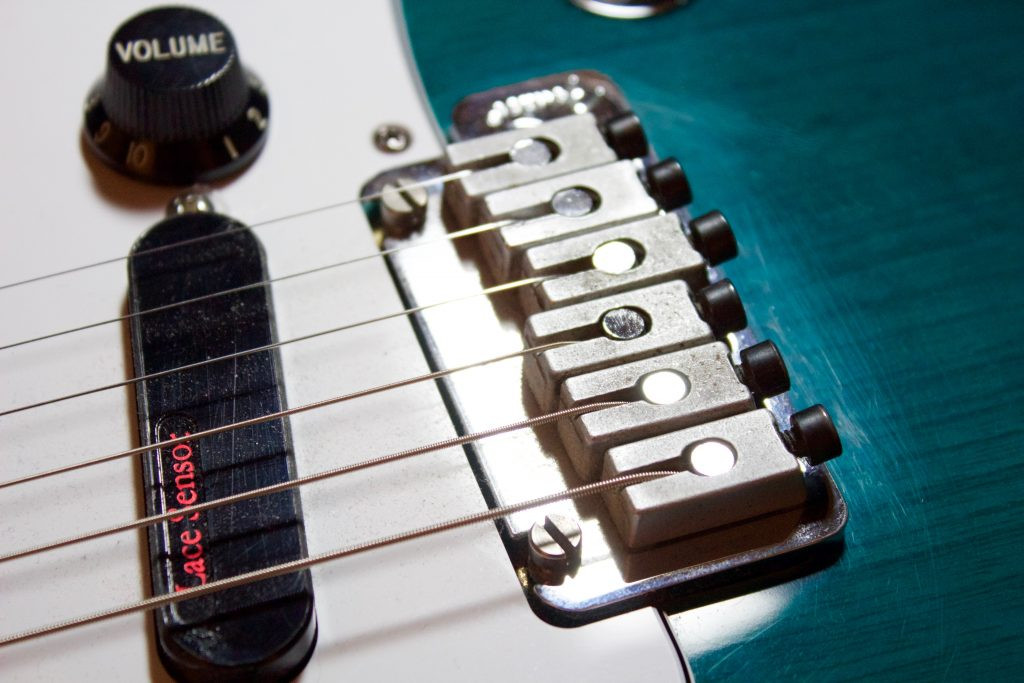Maintaining your guitar’s cleanliness is crucial for its longevity and playability. Just like any instrument, guitars are susceptible to the accumulation of dirt, sweat, and grime. Regularly cleaning your guitar hardware and body not only enhances its appearance but also prevents corrosion and ensures optimal performance. This guide will walk you through the essential steps to keep your guitar in top condition.
Cleaning Guitar Hardware: Bridges, Pickups, and Frets
Guitar hardware, including the bridge, pickups, and frets, are particularly vulnerable to corrosion. The salts and oils from your hands can accumulate over time, leading to rust and a decline in performance. The bridge, where your picking hand often rests, and open-coil pickups are prime spots for grime buildup. Frets also accumulate dirt and finger oils, which can affect playability.
To effectively clean your guitar hardware, use a soft cloth and a small amount of guitar polish. The polish helps lift dirt, while the soft cloth gently buffs the metal back to shine. Ensure you remove any polish residue afterwards, as it can be corrosive. For tight spots like the string saddles on a tune-o-matic bridge, cotton swabs are excellent for dust and grime removal.
For hardware severely affected by rust or corrosion, a more intensive cleaning might be necessary. In such cases, consider removing the hardware components for individual cleaning. WD-40, applied with a toothbrush, can be effective in tackling stubborn grime and rust. However, always remove the hardware from the guitar before using WD-40 to prevent potential damage to the guitar’s finish.
 Close-up of a tremolo bridge on an electric guitar, emphasizing hardware components that require regular cleaning for optimal guitar maintenance.
Close-up of a tremolo bridge on an electric guitar, emphasizing hardware components that require regular cleaning for optimal guitar maintenance.
How to Clean an Acoustic Guitar Body and Fretboard
Cleaning an acoustic guitar shares many similarities with cleaning an electric guitar, but there are specific considerations. While maple fretboards are less common on acoustics, rosewood or ebony fretboards are prevalent, just like on electric guitars. For these fretboards, lemon oil is beneficial. It not only cleans but also rehydrates the wood, preventing it from drying out and cracking. Apply a small amount of lemon oil to a cloth and gently rub it into the fretboard, then wipe off any excess.
Acoustic guitars often feature natural or satin finishes, which are more porous than the polyester or polyurethane finishes found on many electric guitars. These finishes allow the wood to breathe, believed by many to contribute to a more resonant sound. For cleaning satin or natural finishes, a dry cloth is usually sufficient. For more stubborn marks, a slightly damp cloth can be used, but avoid excessive moisture. Always ensure the cloth is only lightly damp and wipe dry immediately after cleaning.
Conclusion: The Importance of a Clean Guitar
A clean guitar is more than just visually appealing; it enhances your playing experience. A well-maintained and clean instrument feels better to play and inspires you to pick it up more often. Regular cleaning is essential for the longevity of your guitar, preventing the need for costly repairs or replacements down the line. Moreover, keeping your guitar in excellent condition helps preserve its value should you ever decide to sell it. Taking good care of your guitar ensures it will continue to perform and inspire for years to come.
